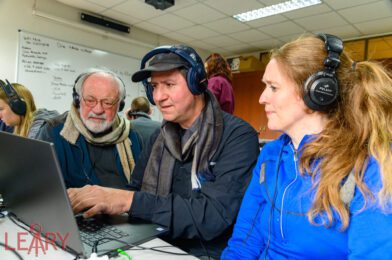Bill Bangham and James Dockery review Jennifer Nelson’s story during our Storytellers Abroad Workshop in Chile. [NIKON Z 6, 24.0-105.0 mm f/4.0, Mode = Aperture Priority, ISO 3200, 1/100, ƒ/5.6, (35mm = 28)]
When and if you ever get the opportunity to have your work reviewed by people you respect–Do It!
How you got into this profession will determine how you might proceed. Also, you need to be aware of the perspective of the person doing the critique.
If you are talking to a journalist, they tend to see themselves as the arbiters of truth. They will want you to answer the questions about the story.
These are tips for you to be ready for a review. Let the person who is doing the review do all the talking. They will ask you questions and keep the answers short and to the point. These are some topics that I think will help you be prepared.
Journalism
- Who is it about?
- What happened?
- When did it take place?
- Where did it take place?
- Why did it happen?
Some authors add a sixth question, “how,” to the list, though “how” can also be covered by “what,” “where,” or “when.”
Public Relations & Marketing
I have found that many with a journalism background seem to struggle with the concept of starting with the Audience and not the Subject.
The other aspect of PR & Advertising is a “Call to Action.” Journalists are informing the public, whereas, in PR & Advertising, you are trying to get people to take a specific action. Often it is just to buy this to solve your problem.
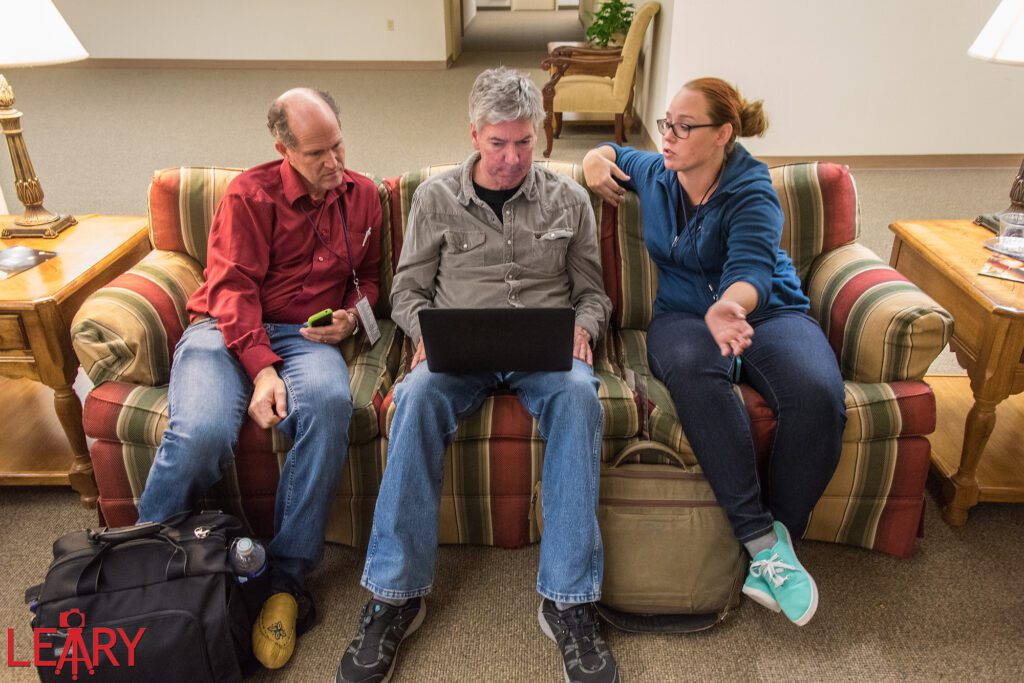
First, I think the best place to start is, “Who is your audience?” If you work for a newspaper, you must expand on this and describe your average reader.
If you are working for a non-profit to raise funds, then say this is for our supporters and potential supporters.
Second, can you tell me why the audience should care about this subject?
Third, give me the Five W’s and the H. Tell me the story of the subject as briefly as you can.
Fourth, tell me your call to action for the audience. Now that they have heard this story, what are they supposed to do?
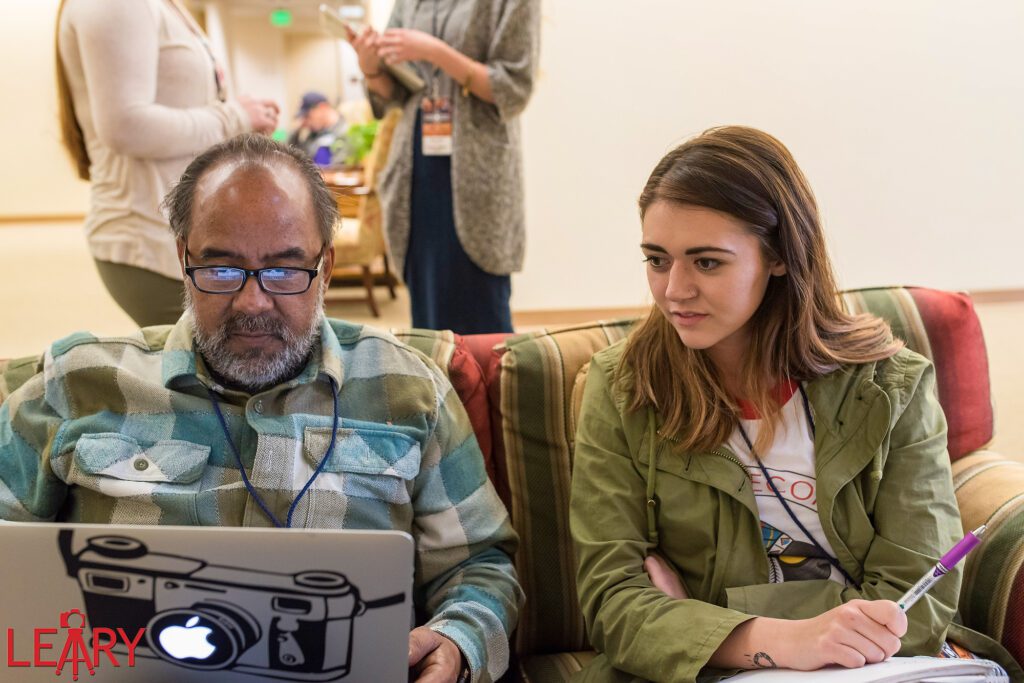
What everyone wants to have to happen with any work in communications is for it to do its job––Communicate. That means when a reader is turning the newspaper or magazine pages, they don’t have you next to them filling them in. The work must do it without your comments.

Listening in on a critique is also a great way to learn if they let you. We all have similar habits that can be corrected.
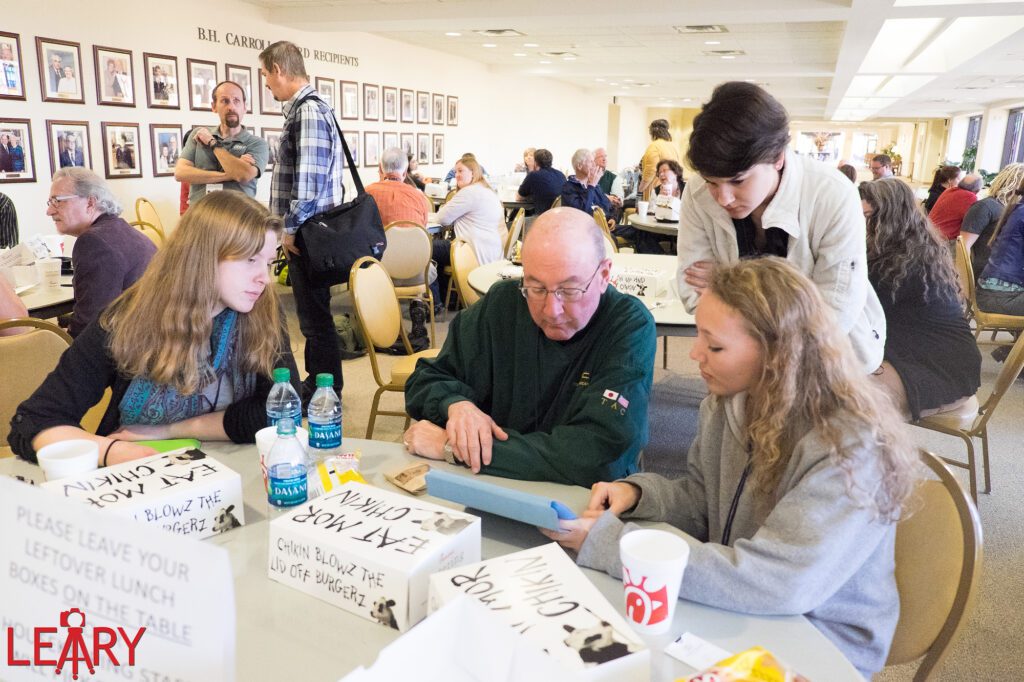
Another thing to remember is you may disagree with the critique. This is where if you are smart, you will get others to review the work. If others say similar things in their feedback, you need to change, which wasn’t a bad review.
The purpose of getting a critique is to make you a better communicator. Remember, “Iron Sharpens Iron.”
There is a famous group that called themselves the Inklings.
From Wikipedia on the Inklings
The Inklings were an informal literary discussion group associated with C. S. Lewis at the University of Oxford for nearly two decades between the early 1930s and late 1949. The Inklings were literary enthusiasts who praised the value of narrative in fiction and encouraged the writing of fantasy. The best-known, apart from Lewis, were J. R. R. Tolkien and Charles Williams, and (although a Londoner) Owen Barfield.
“Properly speaking,” wrote Warren Lewis, “the Inklings was neither a club nor a literary society, though it partook of the nature of both. There were no rules, officers, agendas, or formal elections.”
Readings and discussions of the members’ unfinished works were the principal purposes of meetings. Tolkien’s The Lord of the Rings, Lewis’s Out of the Silent Planet, and Williams’s All Hallows’ Eve were among the novels first read to the Inklings. Tolkien’s fictional Notion Club was based on the Inklings. Meetings were not all serious; the Inklings amused themselves by having competitions to see who could read the notoriously bad prose of Amanda McKittrick Ros for the longest without laughing.
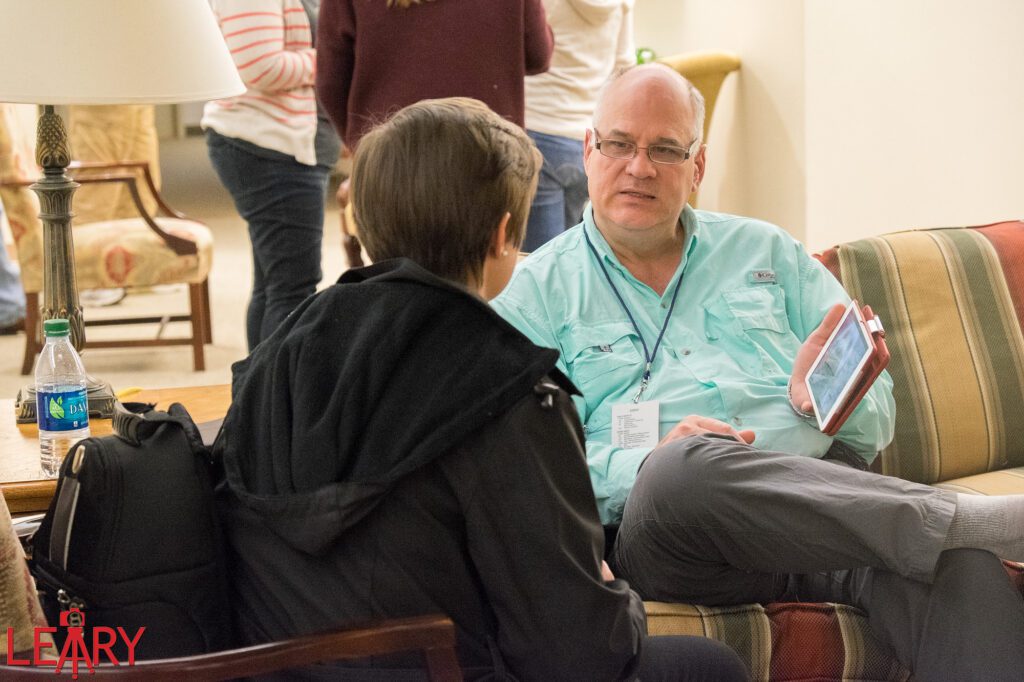
I have a small group doing the same thing with communication projects today. We are FOCUS—Fellowship Of Communicators Uniting Socially.

